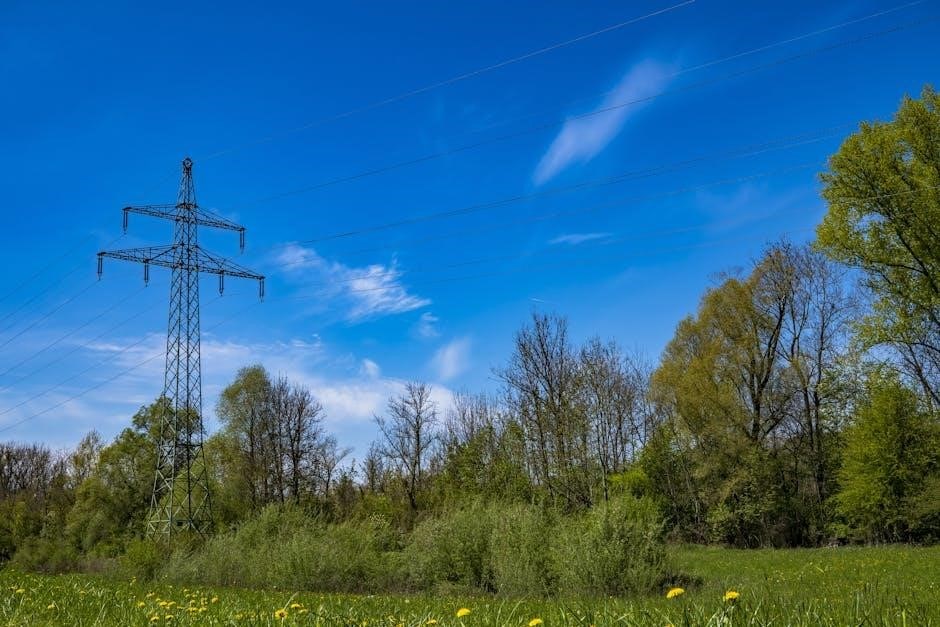Converting a vehicle from manual to automatic transmission involves replacing the manual gearbox with an automatic one‚ offering enhanced convenience and driving comfort‚ especially in urban environments.
1.1 What is Transmission Conversion?
Transmission conversion refers to the process of replacing a vehicle’s manual gearbox with an automatic transmission system. This involves installing a compatible automatic transmission‚ torque converter‚ and modifying the shifter and gearbox components. The conversion ensures smooth gear shifting without manual input‚ enhancing driving convenience and accessibility‚ while requiring careful component selection for proper functionality and compatibility.
1.2 Why Consider Converting Manual to Automatic?
Converting manual to automatic enhances driving comfort‚ especially in heavy traffic‚ reducing clutch and gear-shifting effort. It improves convenience for new drivers and offers accessibility for those less familiar with manual transmissions. Additionally‚ automatic systems provide smoother acceleration and reduced fatigue during long drives‚ making it a practical choice for urban commuting and ease of use.
Understanding the Conversion Process
Converting a manual to automatic involves removing the manual transmission and shifter‚ then installing a compatible automatic transmission and integrating necessary components for proper functionality;
2.1 Key Steps Involved in the Conversion
The conversion process begins with removing the manual transmission and clutch system‚ followed by installing a compatible automatic transmission. Additional steps include modifying the shifter‚ updating the gearbox‚ and integrating necessary components like the torque converter. Proper alignment and adjustment ensure the new system functions smoothly with the engine and drivetrain.
2.2 Complexity of the Process
Manual to automatic transmission conversion is an intricate process requiring mechanical expertise. It involves replacing the manual gearbox‚ clutch system‚ and shifter‚ while integrating a torque converter and adjusting the drivetrain. Specialized tools and technical knowledge are essential‚ as improper installation can lead to mechanical failure or compromised performance‚ highlighting the need for professional assistance to ensure a seamless transition.
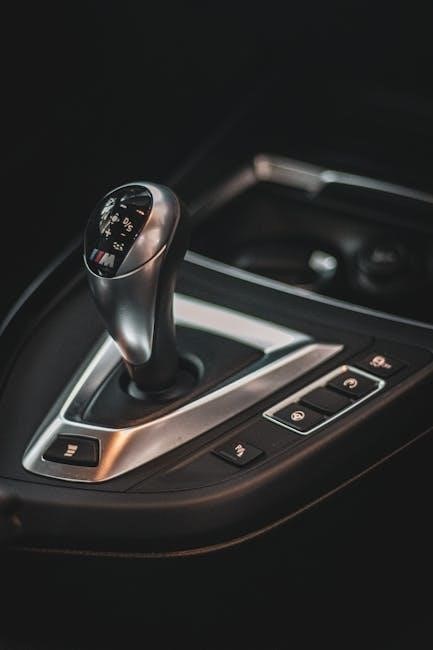
Essential Components of the Conversion
Key components include the automatic transmission‚ torque converter‚ and shifter modifications. Compatibility with the engine and chassis is crucial for a successful conversion.
3.1 Automatic Transmission Compatibility
Ensuring the automatic transmission is compatible with the vehicle’s engine and chassis is critical. The transmission must align with the engine’s power output and fit within the car’s existing drivetrain setup. Compatibility checks involve verifying gear ratios‚ mounting points‚ and electronic control systems to ensure seamless integration and optimal performance. Proper compatibility prevents mechanical issues and ensures reliability.
3.2 Torque Converter vs. Clutch System
The primary difference lies in how power is transferred. A manual transmission uses a clutch system‚ engaging and disengaging manually‚ while an automatic uses a torque converter‚ fluid-coupling the engine to the transmission. The torque converter eliminates manual shifting‚ providing smooth‚ automatic gear changes. This shift from mechanical to hydraulic operation is central to the conversion process and affects both performance and driver experience significantly.
3.3 Shifter and Gearbox Modifications
Converting from manual to automatic requires replacing the manual shifter with an automatic selector or gear lever. The manual gearbox must be removed and replaced with a compatible automatic transmission. This involves modifying the vehicle’s interior and potentially the center console to accommodate the new shifter. Additionally‚ the clutch pedal is eliminated‚ simplifying the driver’s interface and enhancing convenience for automatic operation.

Cost Considerations
Converting a manual to automatic transmission typically costs between $1‚500 to $3‚000‚ depending on the vehicle’s make‚ model‚ and the shop performing the conversion.
4.1 Estimated Cost Range for Conversion
The estimated cost for converting a manual to automatic transmission typically ranges from $1‚500 to $3‚000‚ depending on the vehicle’s make‚ model‚ and the complexity of the conversion process. Additional expenses may include labor costs‚ specialized tools‚ and potential modifications to the vehicle’s drivetrain system.
4.2 Factors Affecting the Total Cost
Factors influencing the total cost include the vehicle’s make and model‚ transmission compatibility‚ labor charges‚ and additional components required. High-performance or rare transmissions can significantly increase expenses‚ while older models may need more extensive modifications‚ further driving up the overall cost of the conversion process.

Benefits of Switching to Automatic Transmission
Switching to an automatic transmission offers enhanced driving comfort‚ improved convenience‚ and greater accessibility‚ making it ideal for urban driving‚ new drivers‚ and those seeking a smoother performance.
5;1 Enhanced Driving Comfort
Automatic transmissions eliminate the need for manual shifting‚ simplifying the driving experience. This reduces driver fatigue‚ especially in heavy traffic conditions. The smooth and seamless gear transitions enhance comfort‚ making it ideal for urban environments and providing a more relaxed driving experience overall.
5.2 Improved Convenience
Automatic transmissions eliminate the need for manual shifting‚ making driving more accessible and stress-free. This is particularly beneficial in stop-and-go traffic‚ where frequent gear changes are required. The convenience extends to new drivers‚ who can focus solely on steering and braking without the complexity of manual gear operation‚ enhancing overall ease of use and accessibility for all drivers.
5.3 Accessibility for New Drivers
Automatic transmissions simplify the driving experience‚ making it more approachable for new drivers. By eliminating the need to manually shift gears‚ learners can focus on steering‚ braking‚ and overall vehicle control. This reduces the learning curve and stress associated with coordinating clutch and accelerator pedals‚ creating a more forgiving environment for mastering the basics of driving.
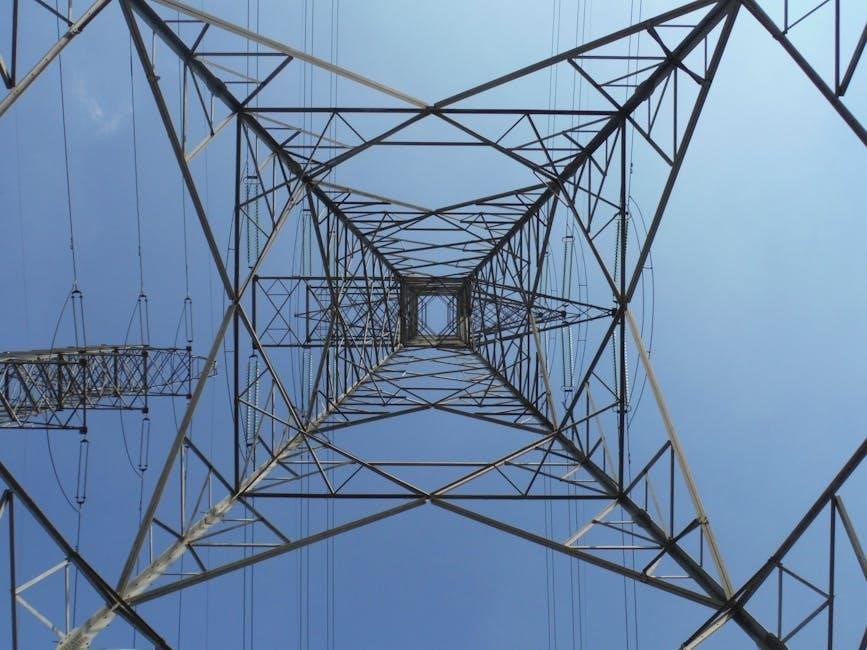
Drawbacks of Manual to Automatic Conversion
Converting to an automatic transmission can result in increased maintenance costs and potential performance trade-offs‚ as automatics may reduce fuel efficiency and driving engagement compared to manuals.
6.1 Potential Loss of Fuel Efficiency
Switching from manual to automatic can lower fuel efficiency due to the torque converter’s energy loss and automatic gear shifting‚ which may not optimize engine RPMs as effectively as manual control.
6.2 Increased Maintenance Costs
Converting to an automatic transmission often leads to higher maintenance costs due to the complexity of the system. Automatic transmissions require regular fluid changes‚ torque converter inspections‚ and potential repairs to intricate components like solenoids and sensors‚ which can be costly. Additionally‚ automatics typically need more frequent servicing compared to manual transmissions‚ further increasing long-term expenses.
6.3 Possible Performance Trade-offs
Switching to an automatic transmission may result in performance trade-offs‚ such as reduced fuel efficiency and slower acceleration compared to manual transmissions. Automatics often add weight and complexity‚ which can negatively impact handling and responsiveness. Additionally‚ the loss of driver control over gear shifts may reduce the driving engagement and precision desired by performance enthusiasts.
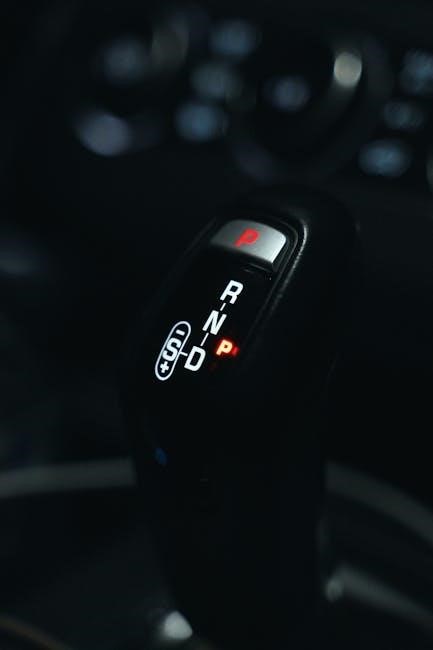
Choosing the Right Automatic Transmission
Selecting the right automatic transmission involves ensuring compatibility with your vehicle’s engine and chassis. Various types of automatic transmissions are available‚ catering to different performance and drivetrain needs.
7.1 Compatibility with Engine and Chassis
Ensuring the automatic transmission is compatible with your vehicle’s engine and chassis is critical. The transmission must match the engine’s power output and torque capacity. Additionally‚ the chassis and drivetrain must support the new transmission’s mounting points and gear ratios. Compatibility ensures smooth operation and prevents mechanical failures. Always verify specifications before installation to avoid costly mismatches.
7.2 Types of Automatic Transmissions Available
Several types of automatic transmissions are available‚ including traditional torque-converter automatics‚ continuously variable transmissions (CVTs)‚ dual-clutch transmissions (DCTs)‚ and automated manual transmissions (AMTs). Each offers unique benefits‚ such as smooth operation‚ fuel efficiency‚ or rapid shifting. Selecting the right type depends on your vehicle’s specifications‚ driving habits‚ and performance requirements to ensure optimal compatibility and functionality.
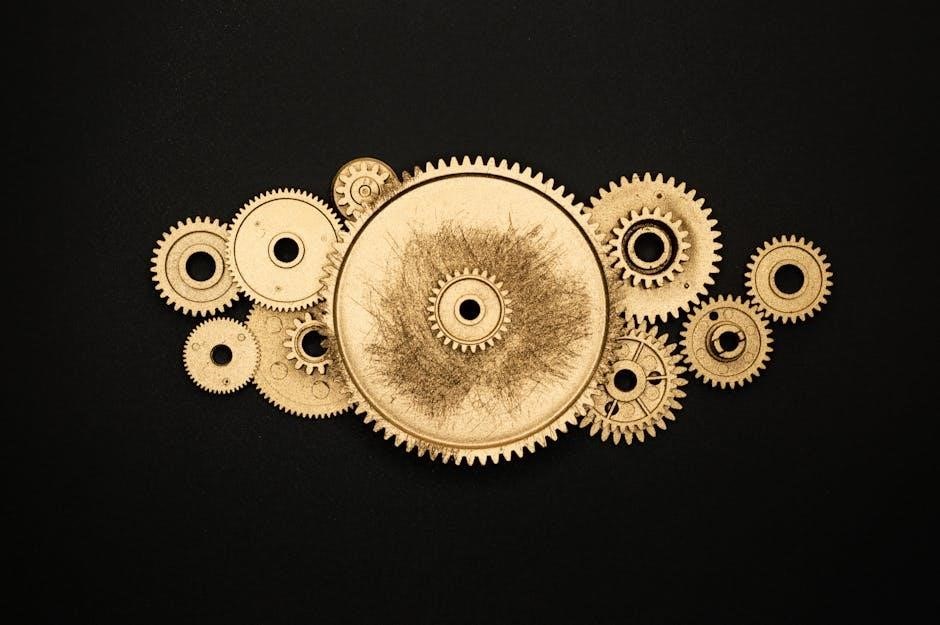
DIY vs. Professional Installation
Converting a manual to automatic transmission can be done DIY for cost savings but requires advanced mechanical skills and tools. Professional installation offers expertise and reliability but is more expensive.
8.1 Pros and Cons of DIY Conversion
DIY manual to automatic transmission conversion can save costs but requires advanced mechanical skills and specialized tools. It offers a sense of accomplishment and customization but risks errors leading to system failure. Proper research and preparation are crucial to avoid costly mistakes and ensure a successful conversion.
8.2 Importance of Professional Expertise
Hiring a professional for manual to automatic transmission conversion ensures expertise‚ minimizing risks of improper installation. Specialists have the knowledge and tools to handle complex processes‚ guaranteeing reliability and optimal performance. Their experience reduces potential errors‚ providing a seamless and durable conversion‚ essential for maintaining vehicle integrity and functionality;
Post-Conversion Testing and Adjustments
Post-conversion testing ensures smooth functionality‚ verifying gear shifts‚ torque converter engagement‚ and overall system performance. Adjustments may be needed to optimize drivetrain operation and address any issues.
9.1 Ensuring Proper Transmission Functionality
Ensuring proper transmission functionality post-conversion involves rigorous testing‚ including monitoring gear shifts‚ torque converter engagement‚ and system responsiveness. Mechanics inspect for leaks‚ check fluid levels‚ and verify electrical connections. A test drive evaluates smooth acceleration‚ proper gear transitions‚ and overall drivetrain performance to confirm the automatic transmission operates flawlessly under various driving conditions.
9.2 Fine-Tuning the System for Optimal Performance
Post-conversion‚ fine-tuning involves adjusting shift points‚ recalibrating sensors‚ and ensuring seamless communication between the engine and transmission. Mechanics may inspect for leaks‚ verify fluid levels‚ and test electrical connections. Adjustments are made to optimize acceleration‚ smoothness‚ and responsiveness‚ ensuring the automatic transmission operates efficiently under various driving conditions‚ preventing long-term damage and enhancing overall performance.
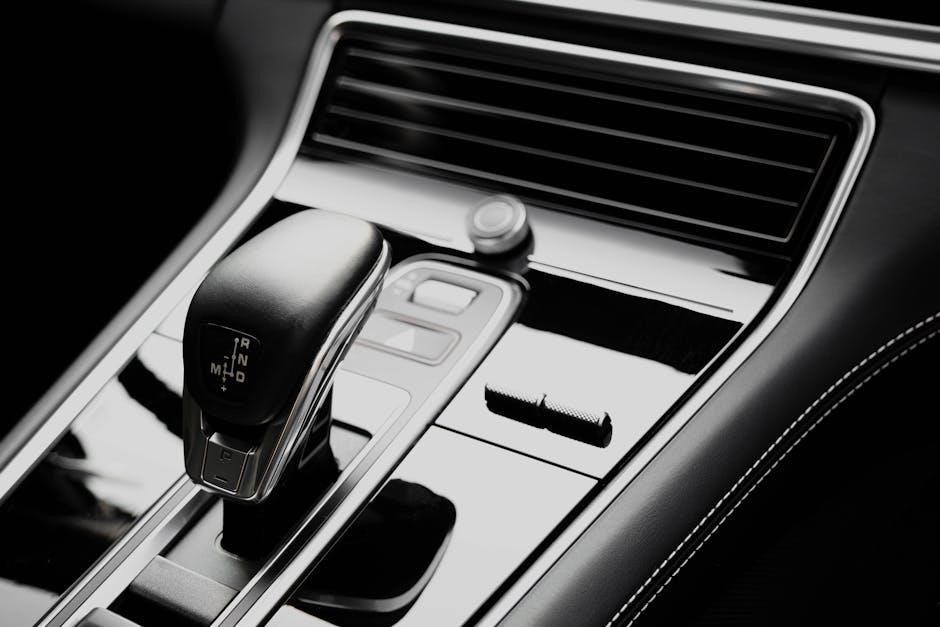
Long-Term Maintenance and Care
Regular servicing‚ fluid checks‚ and filter replacements are crucial for maintaining optimal performance. Proper care ensures longevity and smooth operation of the automatic transmission system.
10.1 Regular Servicing Requirements
Regular servicing is essential for maintaining the health and performance of the automatic transmission. This includes fluid checks‚ filter replacements‚ and inspections of the torque converter and cooling system. Servicing should follow the manufacturer’s recommended schedule to prevent wear and tear. Proper maintenance ensures smooth gear shifts‚ optimal performance‚ and extends the lifespan of the transmission system.
10.2 Tips for Extending Transmission Life
Proper maintenance is key to extending transmission life. Regular fluid checks and filter replacements ensure optimal performance. Avoid extreme temperatures and sudden acceleration. Ensure the transmission is installed correctly and aligned with the engine. Follow the manufacturer’s maintenance schedule for fluid changes and inspections to prevent premature wear and maintain smooth operation over time.

Common Mistakes to Avoid
Common mistakes include using incompatible components and improper installation‚ which can lead to system failure. Always ensure compatibility and follow installation guidelines to avoid costly repairs.
11.1 Incompatible Component Selection
Selecting components that are not compatible with your vehicle’s make and model is a common mistake. Ensure the automatic transmission‚ torque converter‚ and shifter are designed for your car’s engine and chassis. Using mismatched parts can lead to poor performance‚ mechanical failure‚ or even safety risks. Always consult a professional to confirm compatibility before installation.
11.2 Improper Installation Practices
Improper installation practices can lead to mechanical failures and safety risks. Common mistakes include incorrect torque converter alignment‚ improperly secured transmission mounts‚ and faulty wiring connections. These errors can result in poor transmission performance‚ leaks‚ or even complete system failure. Always follow manufacturer guidelines and consider professional expertise to ensure a safe and reliable conversion process.
Converting a manual to automatic transmission offers convenience and comfort but requires careful planning‚ financial investment‚ and professional expertise to ensure a successful and reliable outcome.
12.1 Final Thoughts on Manual to Automatic Conversion
Converting a manual to automatic transmission is a significant decision‚ balancing convenience‚ cost‚ and performance. It’s ideal for urban driving but may compromise fuel efficiency and driver engagement. Professional expertise is crucial for a seamless transition. Weighing benefits and drawbacks carefully ensures the best outcome tailored to your driving needs and preferences.
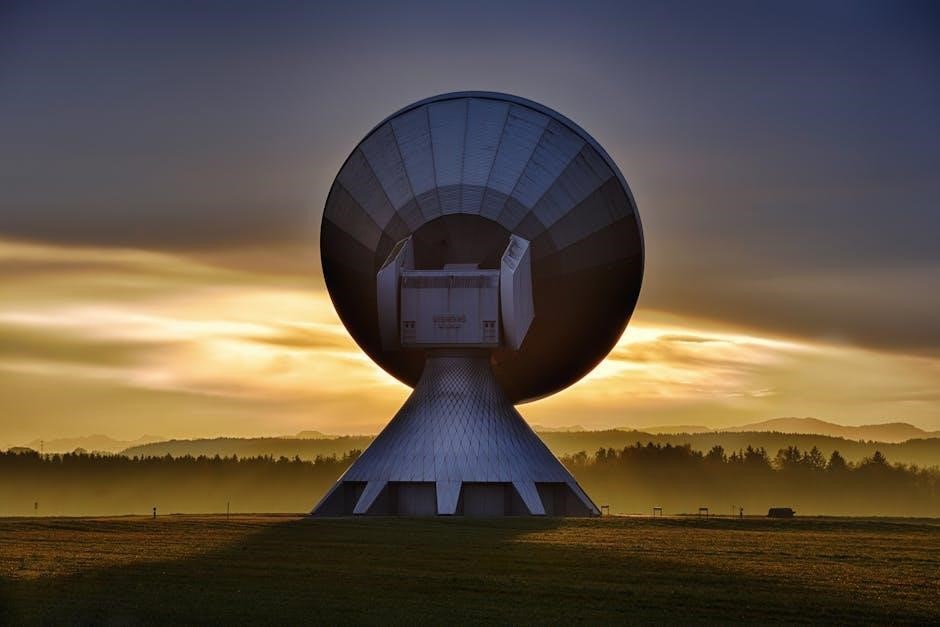
References and Further Reading
Explore detailed guides and professional resources for manual to automatic transmission conversion to gain in-depth knowledge and practical insights.
13.1 Recommended Resources for Additional Information
For deeper insights‚ visit websites like TransmissionHub and AutoTechManuals. Forums such as CarConversionForum and AutoEnthusiastCommunity offer practical advice. Books like “Automatic Transmission Conversion Guide” and “Manual to Auto: A Step-by-Step Guide” are excellent resources. Consulting reputable mechanics and transmission specialists is also highly recommended for hands-on guidance and troubleshooting.
